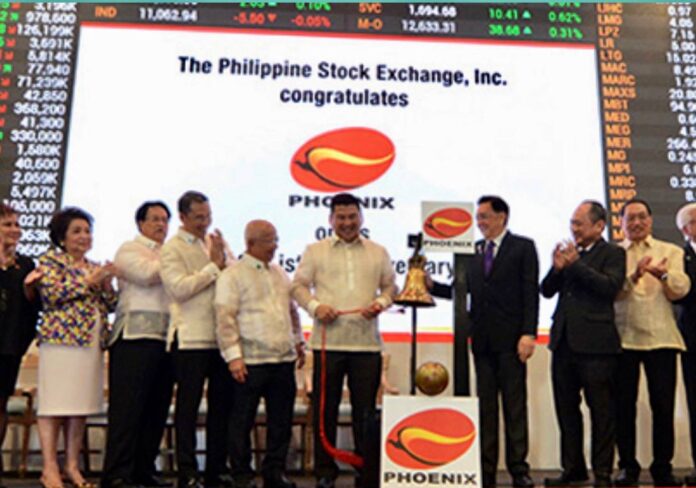Financial soundness indicators reported by Phoenix Petroleum Philippines Inc. painted a cloudy future for the listed oil company owned by businessman Dennis Uy, with company’s ability to service debt undermined by its large liabilities and wider losses.
In the financial report for 2022 it belatedly submitted to the Philippine Stock Exchange, Phoenix acknowledged an accounting entry error that occurred in 2017 when it classified P3.2 billion in advances to a certain supplier as part of goods receipt/invoice receipt—a clearing account—under Trade and Other Payables account. The company’s auditor, Punongbayan & Araullo, noted the amount needed to be reclassified as Trade and Other Receivables, forcing a restatement of the results for 2021 and 2020.
The company said because of the findings of its auditor, it is reviewing its financial reporting processes and the qualifications of its finance, accounting and internal audit personnel; revisiting its key performance indicators; and conduct further verification and hold accountable certain personnel responsible for the erroneous accounting entry.
Phoenix reported a wider net loss of P3.21 billion last year from a restated net loss of P885.6 million in 2021, hurt by lower sales, higher cost and large interest expense. Interest-bearings loans and borrowing, primarily owed to banks, that are classified under current liabilities total P29.2 billion while the non-current portion stood at P19.62 billion.
The oil company reported liabilities last year of P71.71 billion, five times the P14.08 billion in total assets.
Its current ratio declined to 0.66 last year as current assets of P32.05 billion was dwarfed by current liabilities of P48.68 billion. The restated current ratio was 0.80 in 2021 also below 1, which means the company doesn’t have sufficient capital to pay short-term debt.
The acid-test ratio declined to 0.47 last year from 0.53 in the previous year, which means liquid assets—cash or its equivalent—aren’t enough to cover current liabilities.
Widening losses also worsened the company’s solvency ratio to negative 0.02 last year from positive 0.01 while debt service coverage ratio was a negative 0.25 in 2022 from a positive 0.61 in the previous year.







